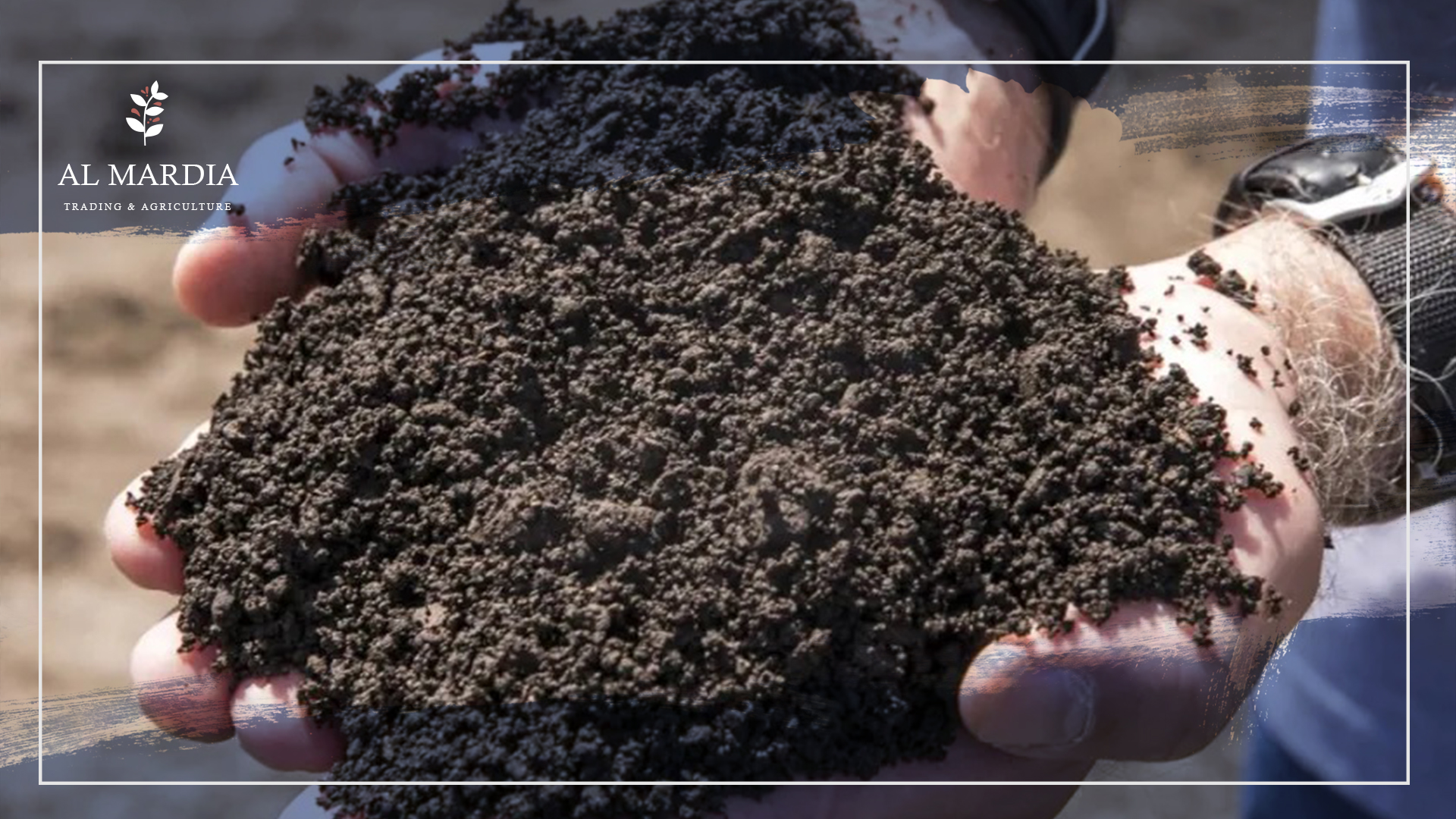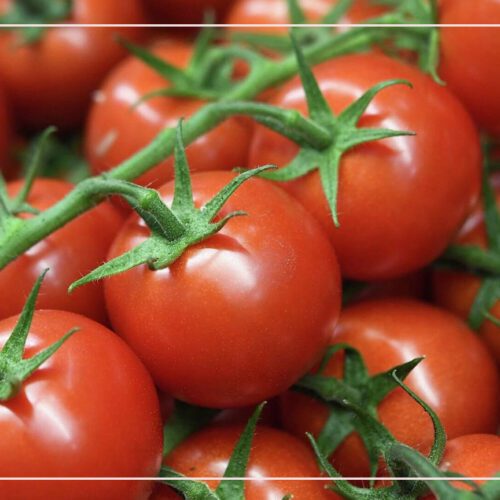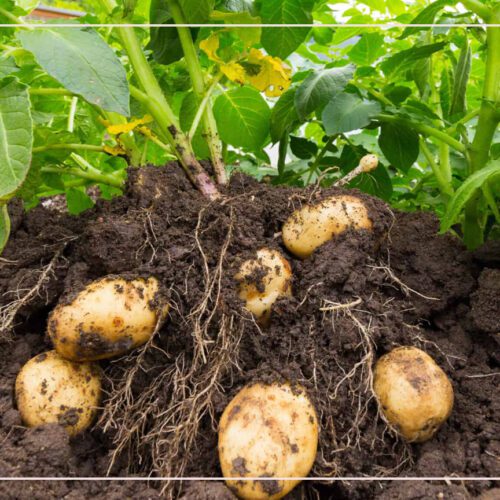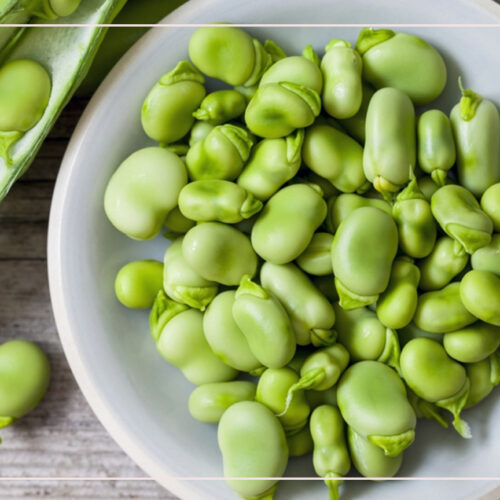
Biosolid Composting for Better Results
The use of biosolids as compost for agricultural or home gardening has been a controversial debate amongst experts. While some believe it is an efficient solution to the world’s growing waste problem, others argue that it can cause potential health and environmental issues. To understand this complex issue, we must take a closer look at the advantages and disadvantages of using biosolids compost. In this article, we are presented with an informative introduction to Biosolid Composting with strict instructions.
What are biosolids?
Biosolids are the organic material created from wastewater solids. This material is produced from everything that is flushed down toilets or washed down drains. It is a valuable resource as it can be used as fertilizer for agricultural purposes. It also works for producing energy, and as an ingredient for soil enhancement products. Biosolids have become increasingly popular due to their ability to save costs and reduce environmental impacts.
The FDA recommends that wastewater treatment plants should conduct proper water drainage and heat-treating of the solid material to eradicate any pathogens. Furthermore, biosolids formed in these plants should stick to precise regulations and be consistently tested to ensure that they do not contain any hazardous microorganisms or toxins.
Types of biosolids land application:
Agriculture:
Environmental regulation requires that biosolids be applied to land at the appropriate agronomic rate or SAR. This sludge application rate is designed to provide the amount of nitrogen needed by the crop while minimizing adverse environmental impacts and ensuring the safe use of biosolids on land in an economically feasible manner.
The rate of agronomic return is determined by the cropping type, geographical location, and soil features. It is advisable to seek advice from an experienced individual like a local extension officer or the soil testing lab when designing the agronomic rate.
Reclamation Sites:
Biosolids have proved to be an effective tool for re-vegetation, reducing the toxic levels in soils, soil erosion prevention, and even regrowth of depleted land. They are often used as a means for restoring degraded sites. Regenerating soil is an essential step in restoring sites that contain a minimal or nonexistent amount of topsoil.
Forestry:
Forestry practices have been enhanced today by the use of biosolids, as these have been proven to spur the growth of timber. This, in turn, makes it easier and quicker to harvest a vital natural resource.
Lawns and Home Gardens:
The public can purchase biosolids from hardware stores, home, and garden centers, or their local wastewater treatment plant that comply with the most stringent pollutant, pathogen, and vector attraction reduction requirements.
Biosolids Odors
- Biosolids, a byproduct of wastewater treatment, can emit a variety of odors depending on the type of treatment and methods used.
- Commonly emitted odorous compounds are ammonia, amines, and reduced sulfur-containing compounds. Depending on the treatment technique and process employed, biosolids may produce a characteristic odor.
- The presence of these compounds in biosolids can cause an unpleasant odor that can be difficult to manage.
- Meteorological factors like wind speed and direction, relative humidity, and temperature can heavily influence odor nuisance. As the presence of biosolids odors doesn’t necessarily mean that they are hazardous to human health and nature, it should not be an immediate cause for alarm.
You can now check the full list of Agricultural Products produced by Almardia Group
Benefits of biosolid composting in Vegetable Gardens:
Biosolids that have been treated in a suitable manner can be used to enrich vegetable gardens and improve the overall quality of the soil. These materials contain crucial components such as nitrogen, phosphorus, potassium, sulfur magnesium calcium, copper, and zinc which all work to assist in the growth of plants.
Nowadays, the majority of biosolids have been treated appropriately and are completely harmless for use as compost. However, it is critical to be aware of the source when using biosolids; if not treated correctly, they may include heavy metals, pathogens as well as other poisonous substances.
Wastewater treatment facilities are the ideal place to buy biosolids, as they have been tested and monitored regularly to ensure compliance with government safety regulations. This ensures your purchase is of the highest quality.
It is advisable to exercise caution when using biosolids compost for gardening, including washing your hands, wearing gloves, and cleaning tools. This goes for any kind of compost or manure being handled as well.
Disadvantages of biosolid composting :
The major cons associated with the use of biosolids are offensive odors, excessive metals, fear of pathogens, and the likelihood of over-application of nutrients.
Odor:
The issue of unpleasant odors arising out of the use of biosolids and manure is a cause for public concern. To reduce such problems, various management techniques can be employed. For example, incorporating biosolids into the soil, or planting vegetation buffers around the application site. But, controlling the timing of their application is the simplest one.
Metals:
Numerous metals, including copper and zinc, have a beneficial effect on plants. At the same time, there are certain cases where their presence in high concentrations can be harmful. Moreover, they can cause impediments to plant growth and animal health. In order to address this, specific regulations have been imposed that limit the number of metals present in biosolids applied for land applications.
Regulations are set to ensure that the amount of metals applied to a site does not exceed the safe limit. The limits are established considering the level of minimum metal concentration which can be potentially hazardous for humans, animals, or vegetation.
For instance, the arsenic threshold was calculated taking into consideration the amount of arsenic that could lead to health issues in a child consuming soil blended with biosolids.
In conclusion, the use of biosolids in agriculture has become increasingly popular over the years. That’s due to its potential to improve soil fertility and crop yields. It is very important to be aware of several regulations surrounding its use. They can help protect public health and the environment.
Related topic
Soil Organic Matter
Common Questions:
What is in biosolids?
Biosolids are nutrient-dense, organic materials that come from the treatment of domestic sewage at a wastewater treatment plant. These byproducts are incredibly useful and contain essential nutrients and organic matter. They can be recycled as fertilizers and soil amendments.
What is the problem with biosolids?
The use of biosolids in land applications may lead to some health risks due to the presence of pathogens. These organisms, such as bacteria, protozoa, viruses, and helminth ova have the possibility of causing diseases.
What do biosolids smell like?
The smell of biosolids can be quite strong in some cases and not to everyone’s liking. This is largely due to the presence of sulfur or ammonia compounds, which are actually important nutrients for plants. On the whole, most biosolids have a mild musty or ammonia odor.





